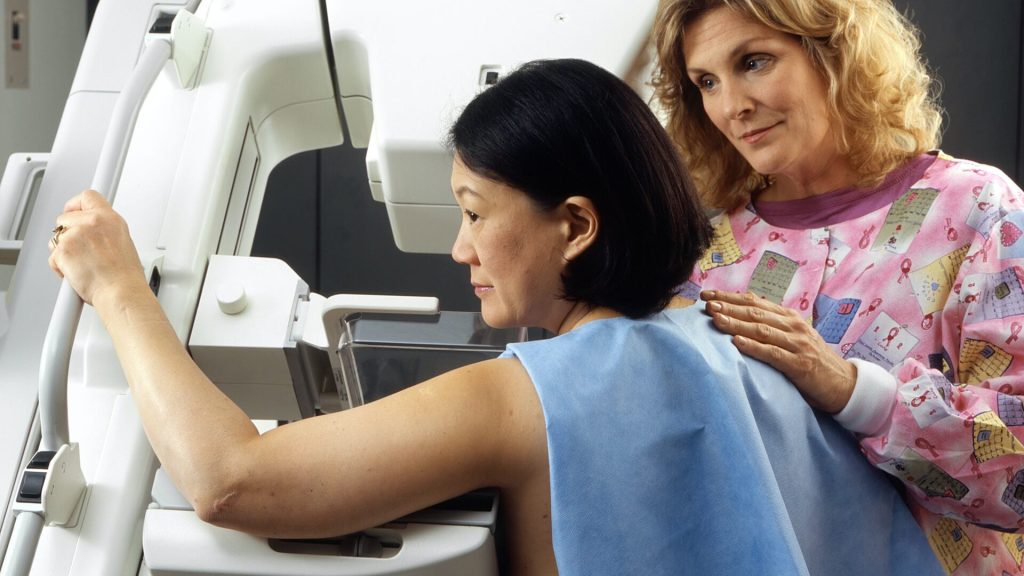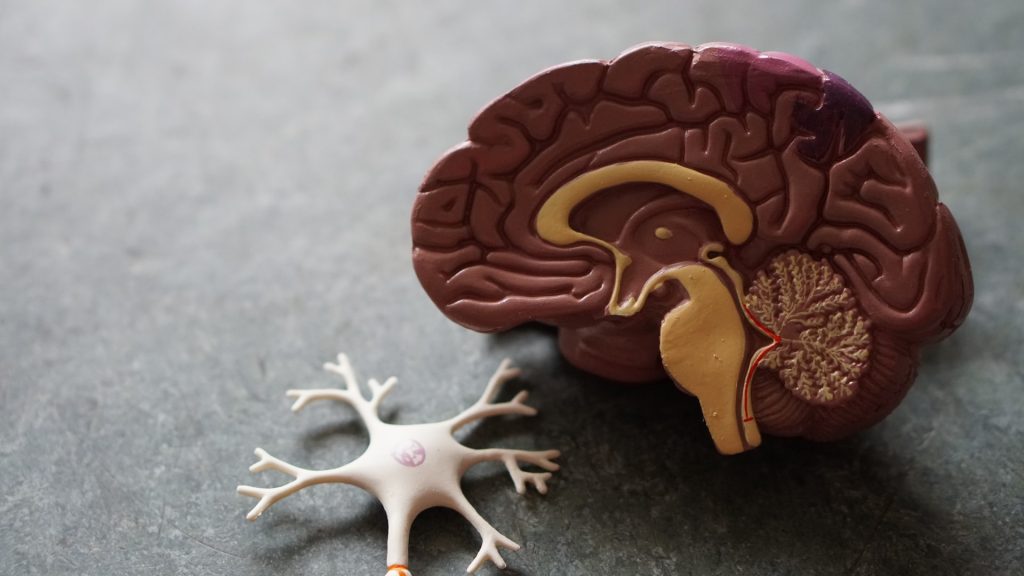Royalty-based Method Offers New Model for ALS Drug Development

A team of researchers from the MIT Sloan School of Management, the Sean M. Healey & AMG Center for ALS at Massachusetts General Hospital (MGH), Questrom School of Business at Boston University, and QLS Advisors have introduced a new approach to funding clinical trials for amyotrophic lateral sclerosis (ALS) therapies. The study, “Financing Drug Development via Adaptive Platform Trials,” published today in PLOS One, outlines a financing model that merges the efficiencies of adaptive platform trials — lower costs and shorter durations — with an innovative, royalty-based investment structure designed to accelerate therapeutic development for ALS and other serious diseases.
ALS — also often called Lou Gehrig’s disease — is a progressive, neurodegenerative disease with no cure. Despite its devastating impact, the pace of new therapy development has remained sluggish—largely due to the high cost, duration, and risks associated with traditional clinical trials. This bottleneck has often discouraged conventional investors, leaving promising research to languish.
To tackle this challenge, the authors propose an investment fund that finances half the cost of an adaptive platform trial in exchange for future royalties from successful drugs that emerge from the trial. Adaptive platform trials allow multiple drug candidates to be tested simultaneously under a single master protocol, and results are interpreted on a real-time basis to determine efficacy or futility. Drawing on data from the HEALEY ALS Platform Trial administered by the Healey & AMG Center for ALS at MGH, and realistic assumptions, their simulated fund generated an expected return of 28%, with a 22% probability of total loss, which may be attractive to more risk-tolerant and impact-driven investors such as hedge funds, sovereign wealth funds, family offices, and philanthropists. Their findings suggest that generating returns more palatable for mainstream investors could be achieved by funding multiple platform trials simultaneously and by employing financial tools such as securitization — a method that bundles future income from assets like loans or royalties into investment products.
“ALS clinical trials face significant hurdles — from high costs and long timelines to limited funding pools,” said Merit E. Cudkowicz, MD, MSC, Executive Director at Mass General Brigham Neuroscience Institute and Director of the Healey & AMG Center for ALS. “Our platform trial model has already shown that we can test more therapies more efficiently. What’s still missing is sustainable financing. This novel approach could be a game-changer, enabling us to launch trials faster, include more promising therapies, and bring us closer to our shared goal: delivering effective treatments to people with ALS as quickly as possible.”
While their study focused on ALS, the authors believe such a funding model could be applied to other disease areas as well, especially those with well-defined endpoints, where treatment success can be measured clearly and reliably.
Source: Mass General Brigham










